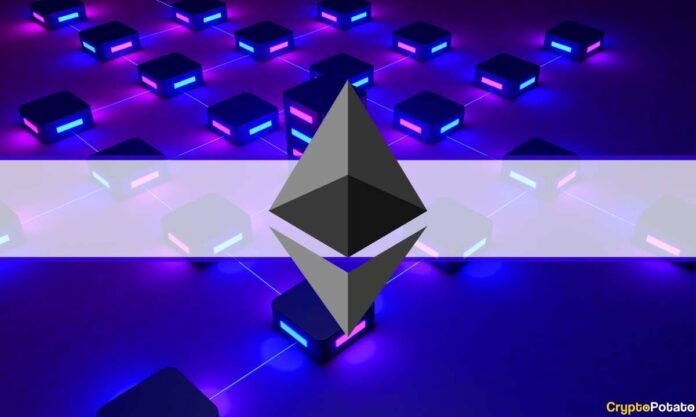In a recent post, ETH core dev Tim Beiko revealed that after months of testing and an ephemeral devnet launch, the Shapella network upgrade will activate on the Sepolia network at epoch 56832, scheduled for February 28th.
Shapella essentially refers to two Ethereum upgrades – “Shanghai” and “Capella.” The upgrade will enable Ethereum withdrawals on the execution layer and upgrade the Beacon chain consensus layer simultaneously.
- New functionalities will also be introduced to both the execution and consensus layers. Changes in the execution layer include:
- EIP-3651: Warm COINBASE
- EIP-3855: PUSH0 instruction
- EIP-3860: Limit and meter initcode
- EIP-4895: Beacon chain push withdrawals as operations
- EIP-6049: Deprecate SELFDESTRUCT
- On the other hand, changes to the consensus layer for the Capella upgrade include full and partial withdrawals for validators. The original singular historical roots will be replaced by an independent state and block historical accumulators.
- Ethereum users or ETH holders don’t have to upgrade unless informed to take additional steps.
- Non-staking node operators, on the other hand, will have to upgrade their nodes to Ethereum client releases for the Sepolia upgrade. The same goes for the stakers.
- If a staker or a node operator fails to update to the latest version, their client will sync to the pre-fork blockchain after the upgrade. As a result, they will be stuck on an incompatible chain following the old rules and will be unable to send ETH tokens or operate on the post-Shapella Sepolia network.
- The latest development comes a week after concerns about a potential delay in the Shanghai upgrade surfaced due to a vulnerability detected in the public test network Shapella.
- Devs, however, affirmed that the issue can be fixed with a patch.
Binance Free $100 (Exclusive): Use this link to register and receive $100 free and 10% off fees on Binance Futures first month (terms).
PrimeXBT Special Offer: Use this link to register & enter POTATO50 code to receive up to $7,000 on your deposits.
Credit: Source link






















 Bitcoin
Bitcoin  Ethereum
Ethereum  XRP
XRP  Tether
Tether  Solana
Solana  USDC
USDC  Dogecoin
Dogecoin  Cardano
Cardano  Lido Staked Ether
Lido Staked Ether  TRON
TRON  Chainlink
Chainlink  Wrapped Bitcoin
Wrapped Bitcoin  Avalanche
Avalanche  Wrapped stETH
Wrapped stETH  Stellar
Stellar  Sui
Sui  Toncoin
Toncoin  Hedera
Hedera  Shiba Inu
Shiba Inu  WETH
WETH  LEO Token
LEO Token  Polkadot
Polkadot  Litecoin
Litecoin  Bitget Token
Bitget Token  Bitcoin Cash
Bitcoin Cash  Hyperliquid
Hyperliquid  USDS
USDS  Uniswap
Uniswap  Wrapped eETH
Wrapped eETH  Ethena USDe
Ethena USDe  Pepe
Pepe  MANTRA
MANTRA  NEAR Protocol
NEAR Protocol  Aave
Aave  Monero
Monero  Ondo
Ondo  WhiteBIT Coin
WhiteBIT Coin  Internet Computer
Internet Computer  Aptos
Aptos  Official Trump
Official Trump  Mantle
Mantle  Ethereum Classic
Ethereum Classic  Dai
Dai  Cronos
Cronos  POL (ex-MATIC)
POL (ex-MATIC)  Bittensor
Bittensor  OKB
OKB 
